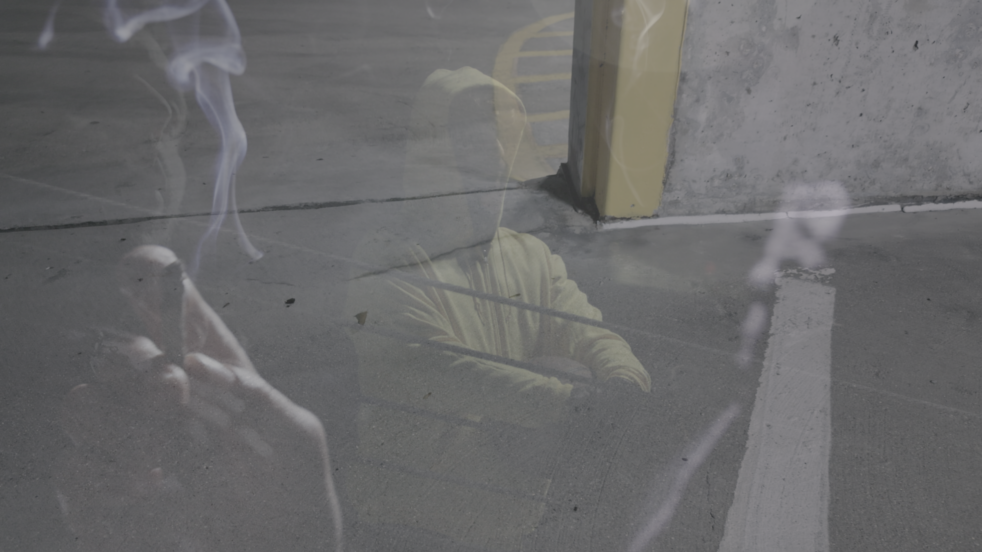It could lead to dancing: where basketball was Jewish
- Rudy Gerson
- Center for Experimental Ethnography, Graduate Fine Arts Department, Weitzman School of Design
-
Student Creative Production Grant

It could lead to dancing: where basketball was Jewish by Rudy Gerson.
A mixed media project that gives presence to the imperceptible and inextinguishable traces of a professional Jewish basketball team, the social scene of their home games in Philadelphia, and the greater context of their cosmopolitan presence. The SPHAs (South Philadelphia Hebrew Association) were active from 1917-1948, winning a total of 13 championships and competing in 17 over 31 seasons. They were regarded as both iconically great and iconically Jewish. They played in multiple professional leagues, traveled around the country to promote the sport, and would play home games in the ballroom of Philadelphia’s Broadwood Hotel at the corner of Broad and Wood. Now it is a parking lot. Fans would arrive and receive a publication (The SPHAs Sparks) upon entry. The program was both a game guide and social register — team stats and community gossip. At halftime and after the game, the game floor would be cleared for a dancefloor, with even one of the players Gil Fitch leading the band. The event was equal parts competition and social scene. It could lead to dancing: where basketball was Jewish seeks to meditate with the inextinguishable social energies that haunt the space, how spectatorship, dancing, and competition converged to create entangled intimacies that elude the dominant historiography of the event.
It could lead to dancing: where basketball was Jewish will be presented as Rudy Gerson’s thesis work for his MFA, and will include an original score by Dot Levine, with musical direction by Dan Blacksberg. IIn addition, Doug Stark, a historian of the SPHAs, is sharing a collection of oral history interviews he did for his book When Basketball Was Jewish: Voices of Those Who Played the Game, which will be integrated to the film as primary sources.